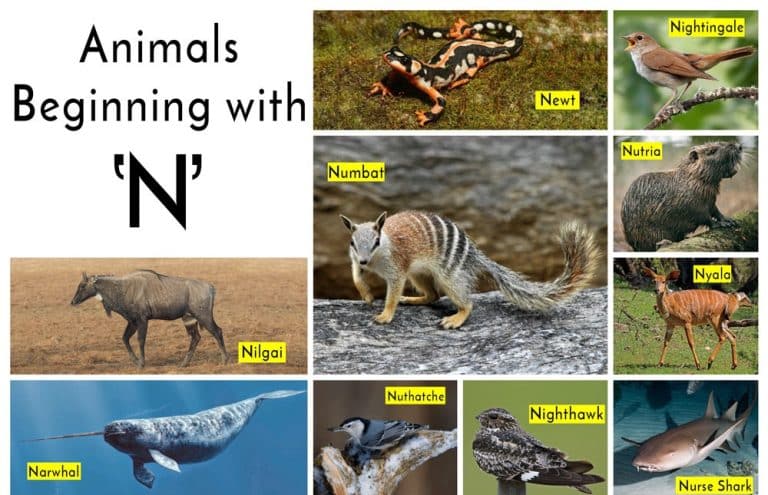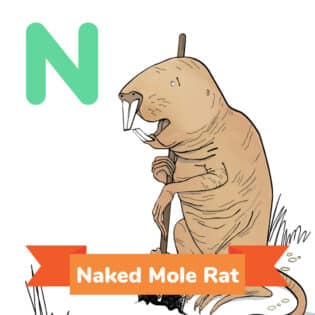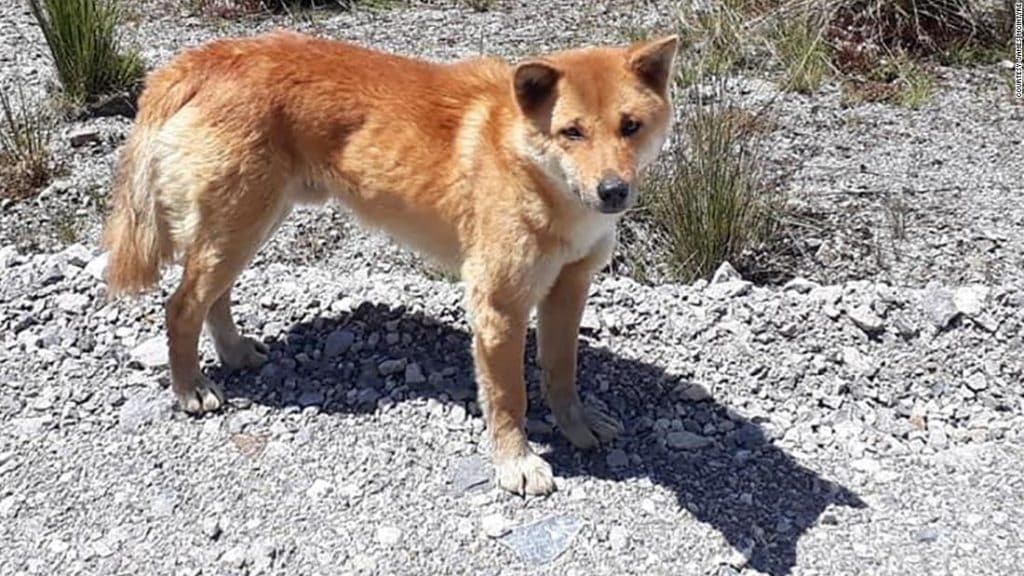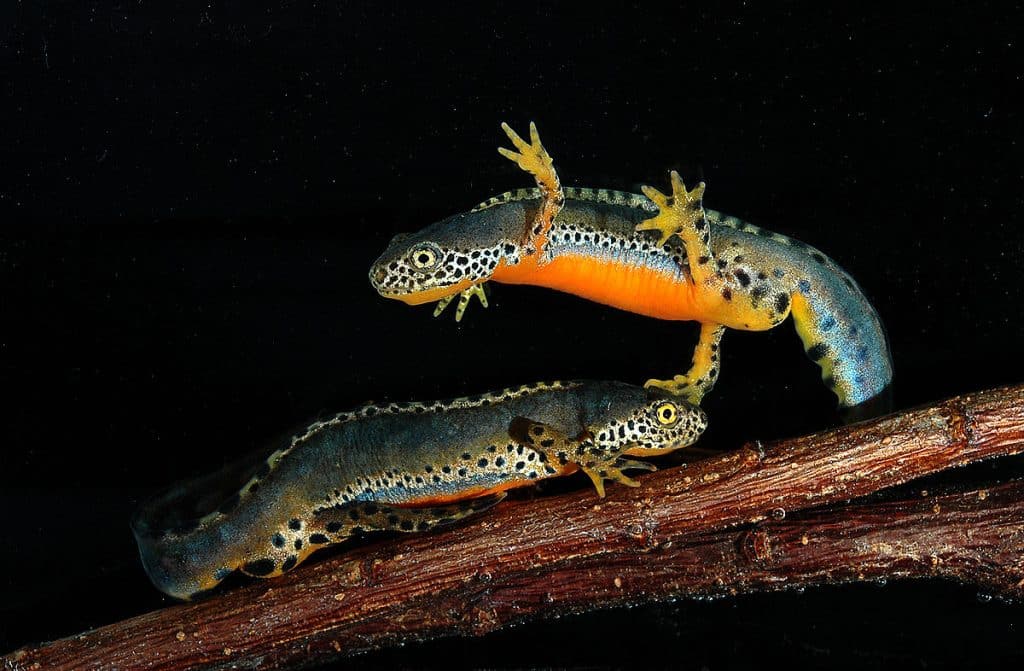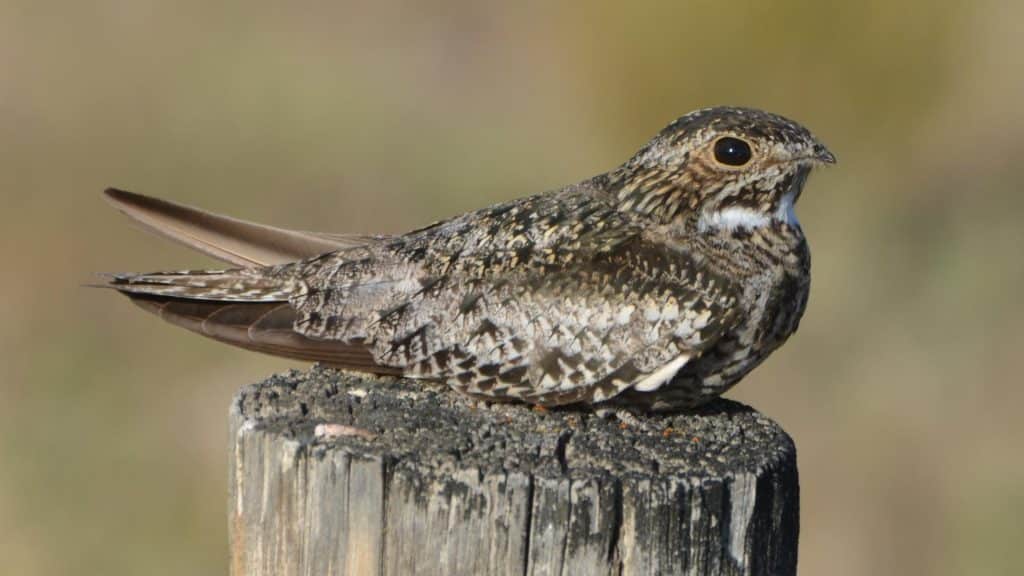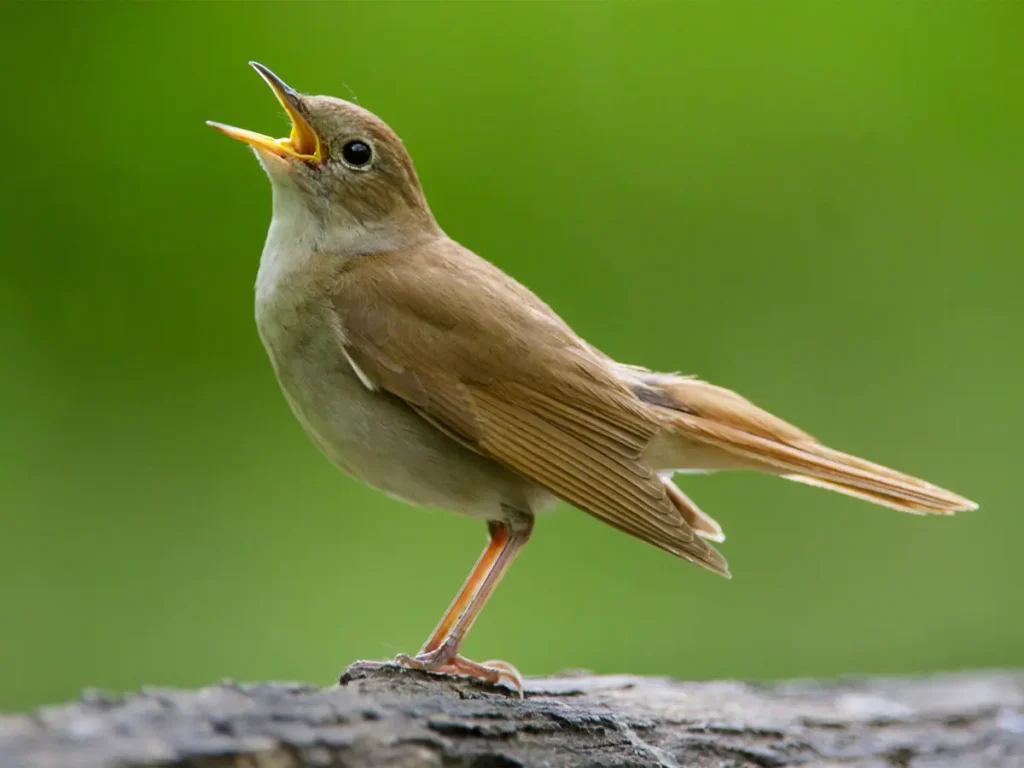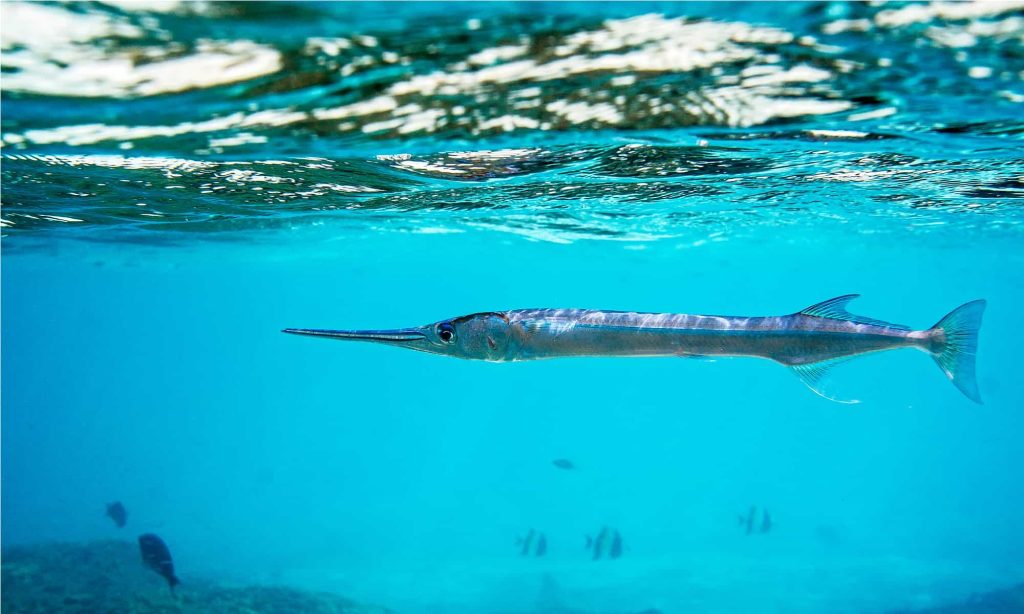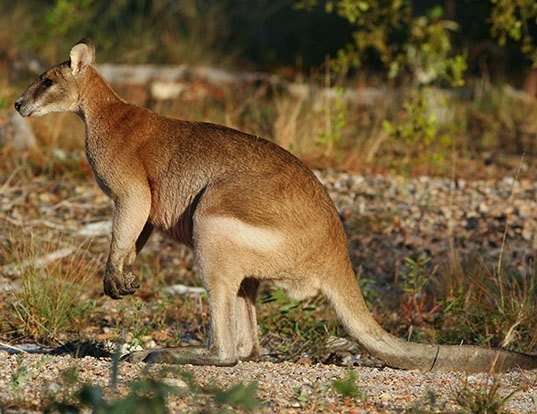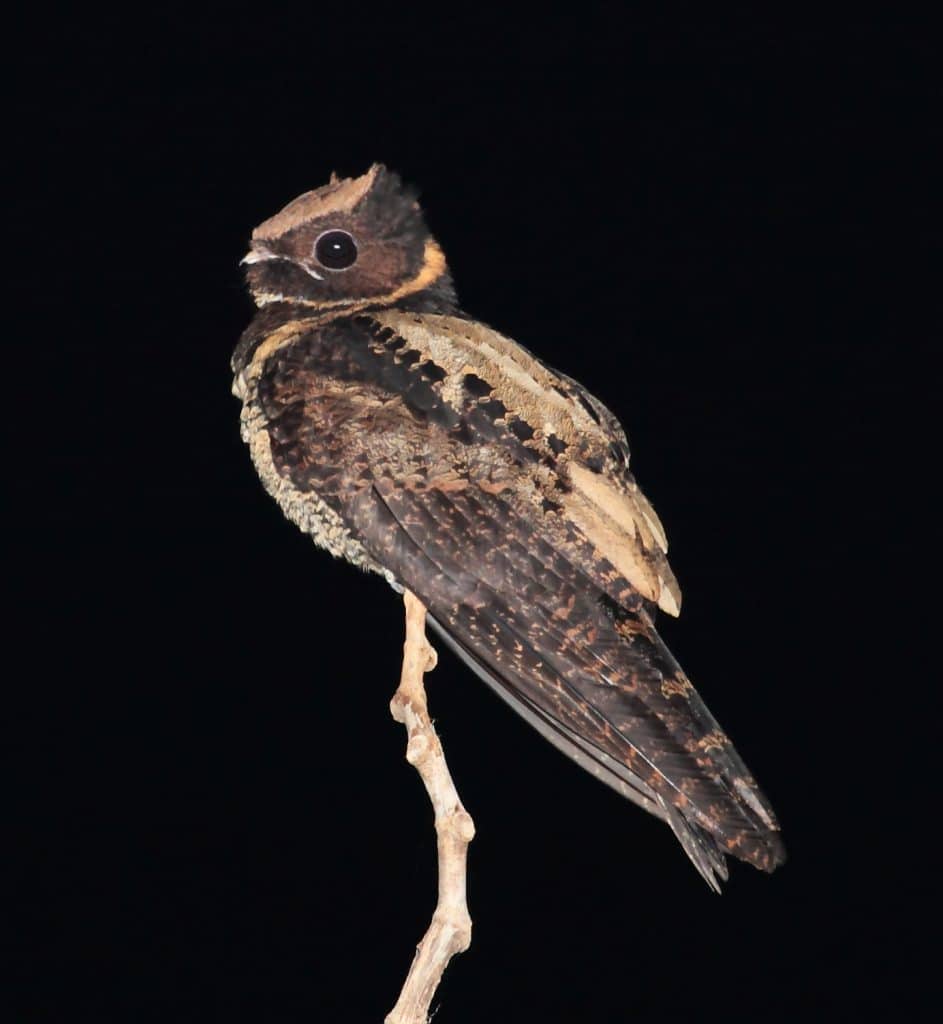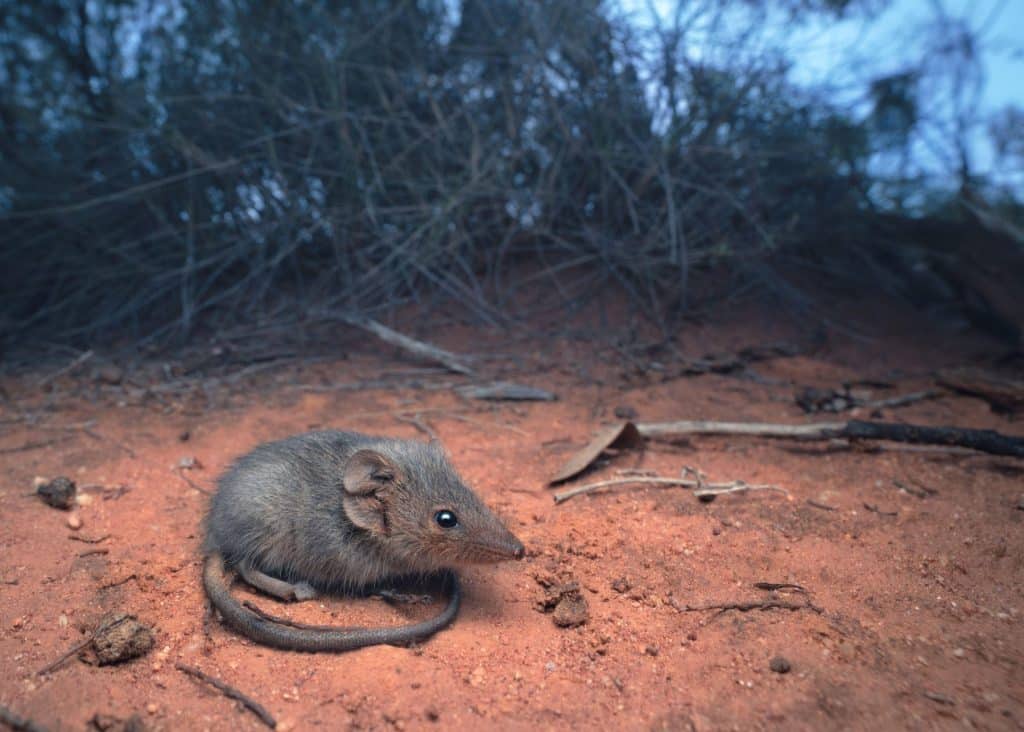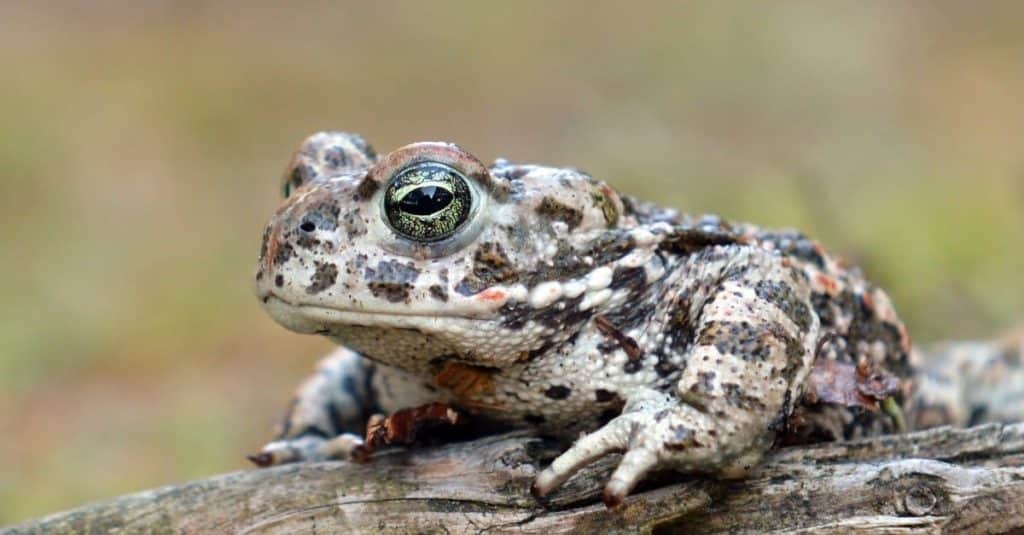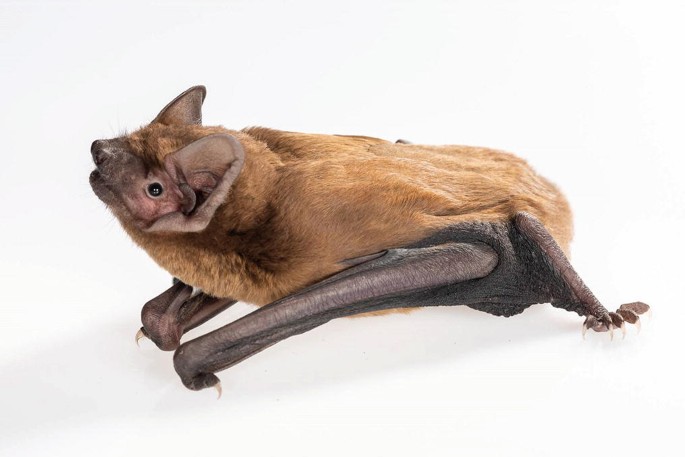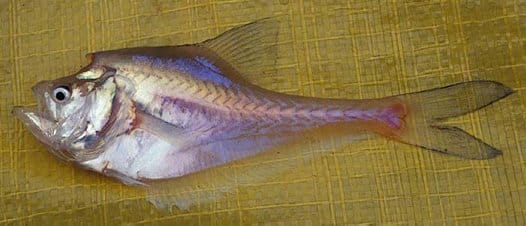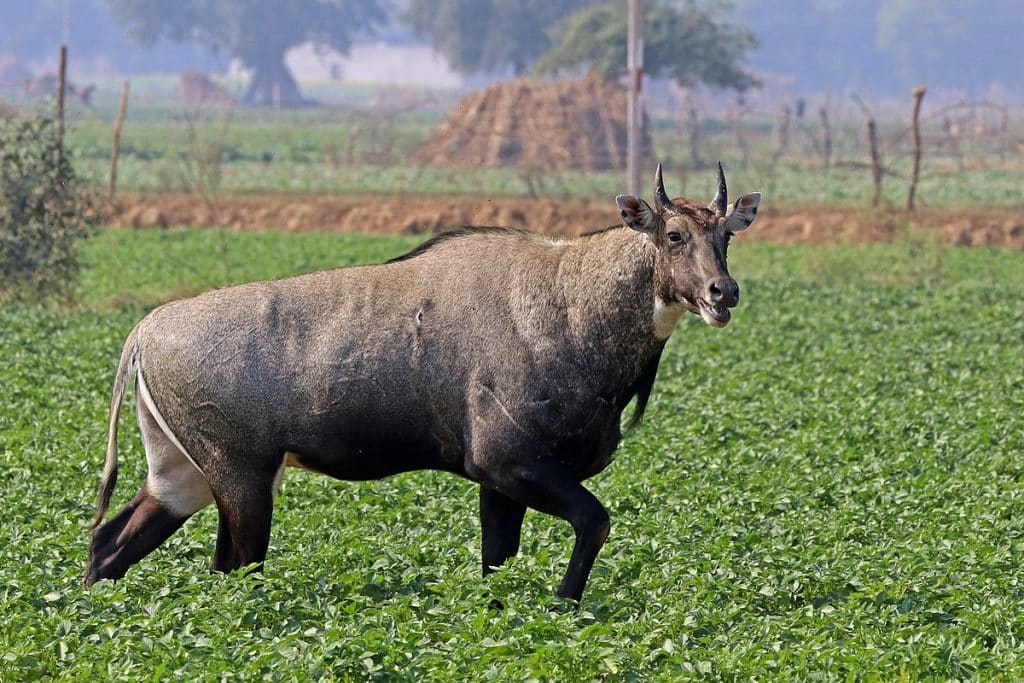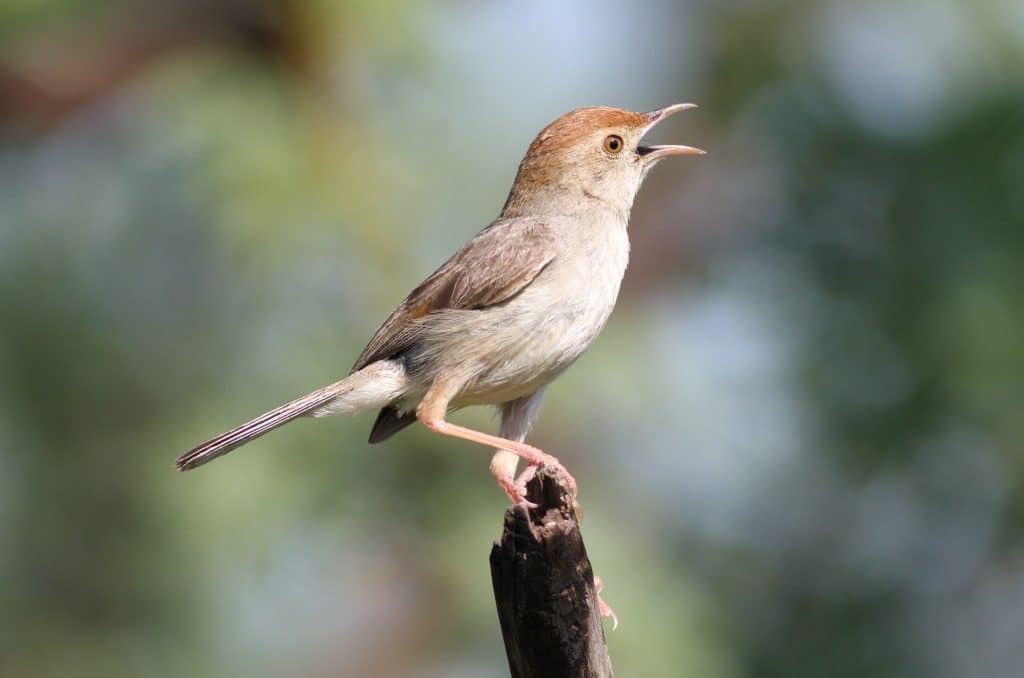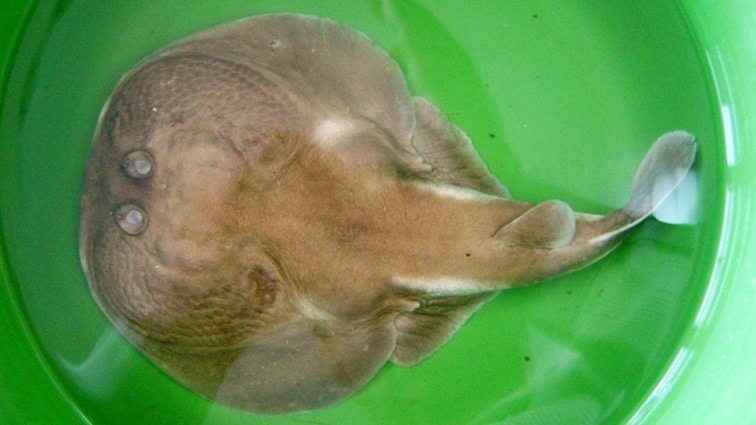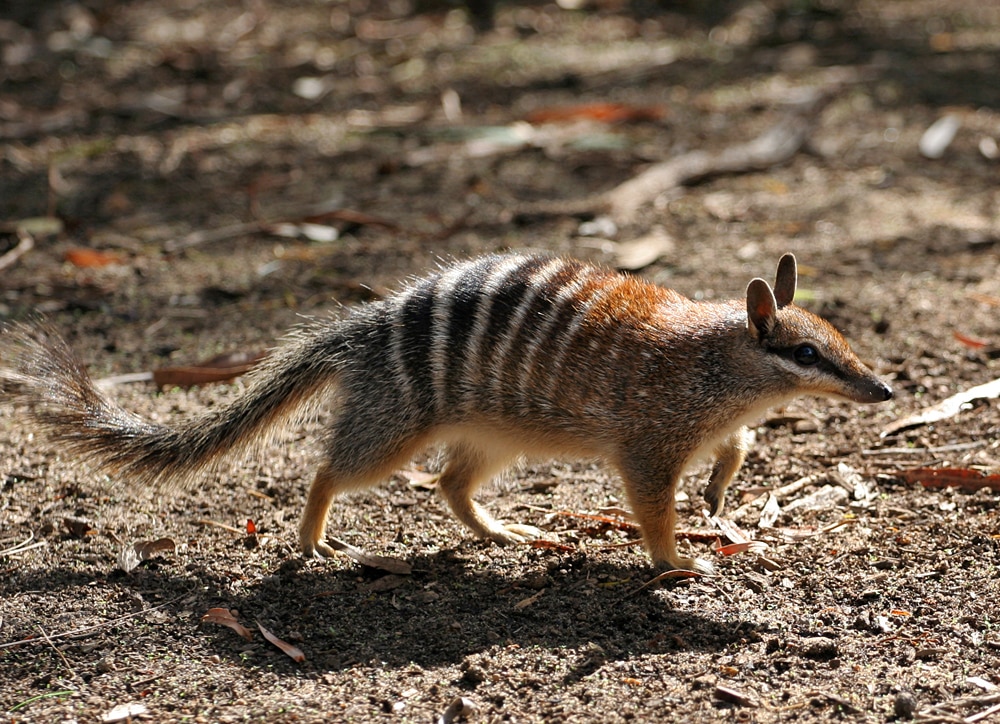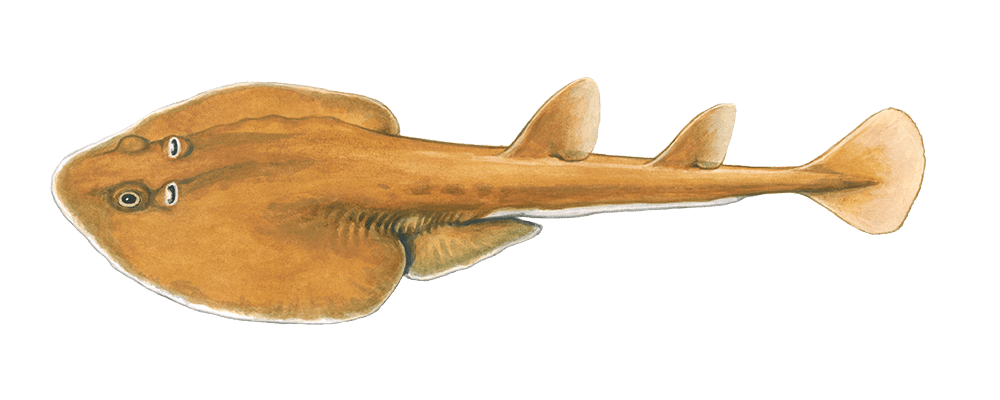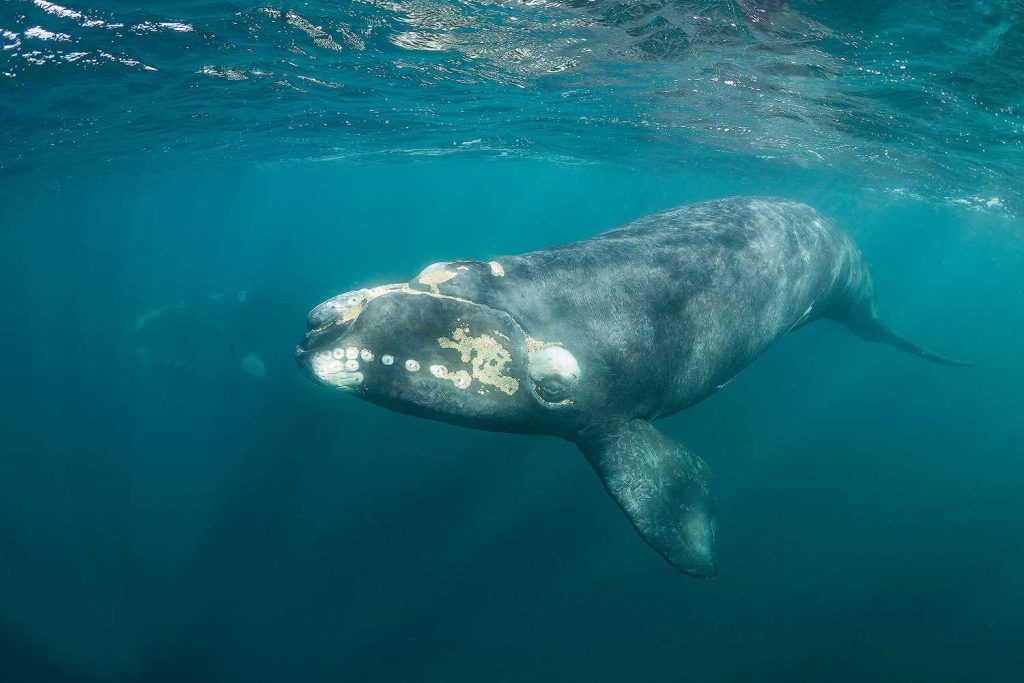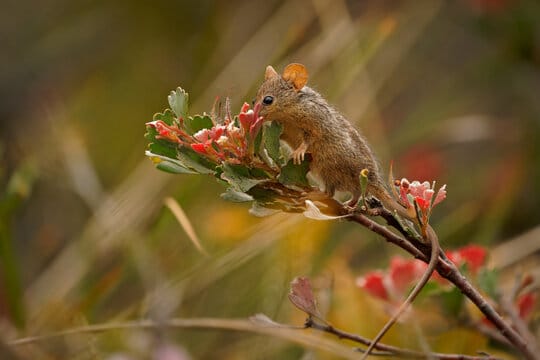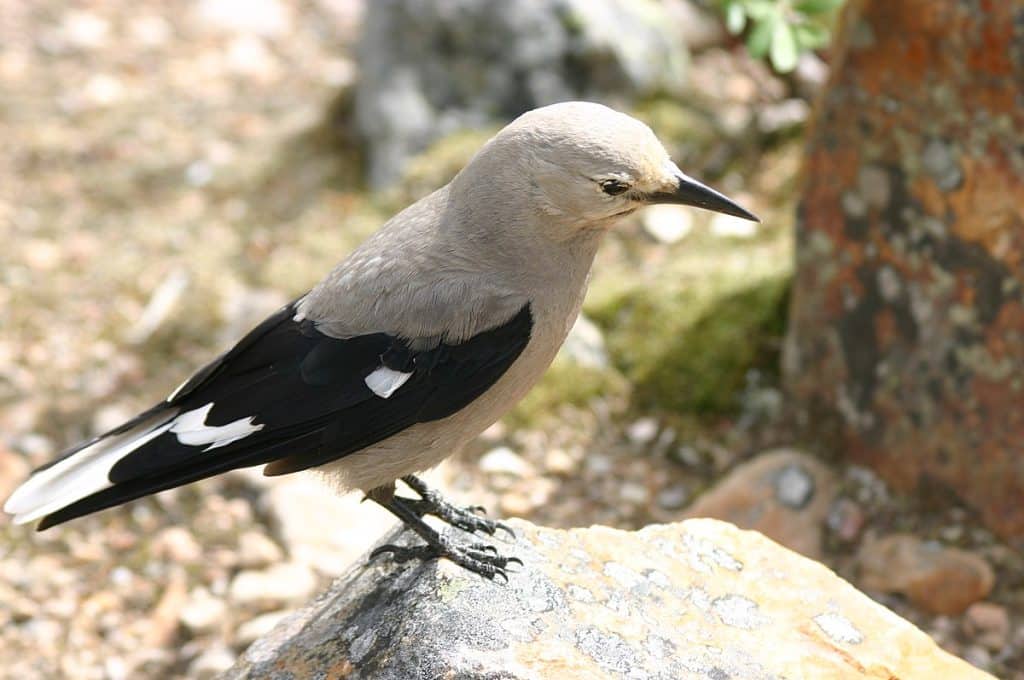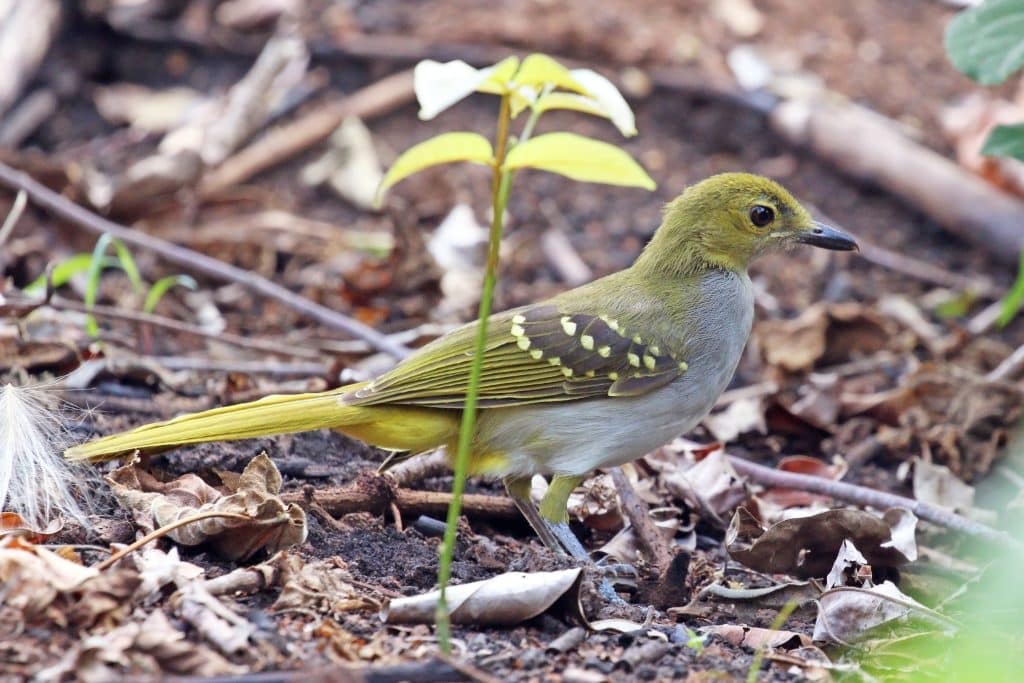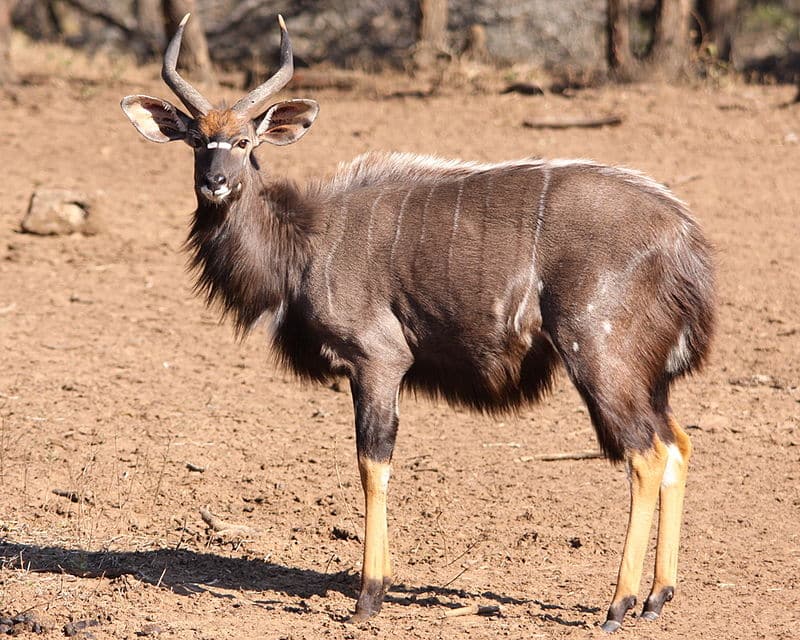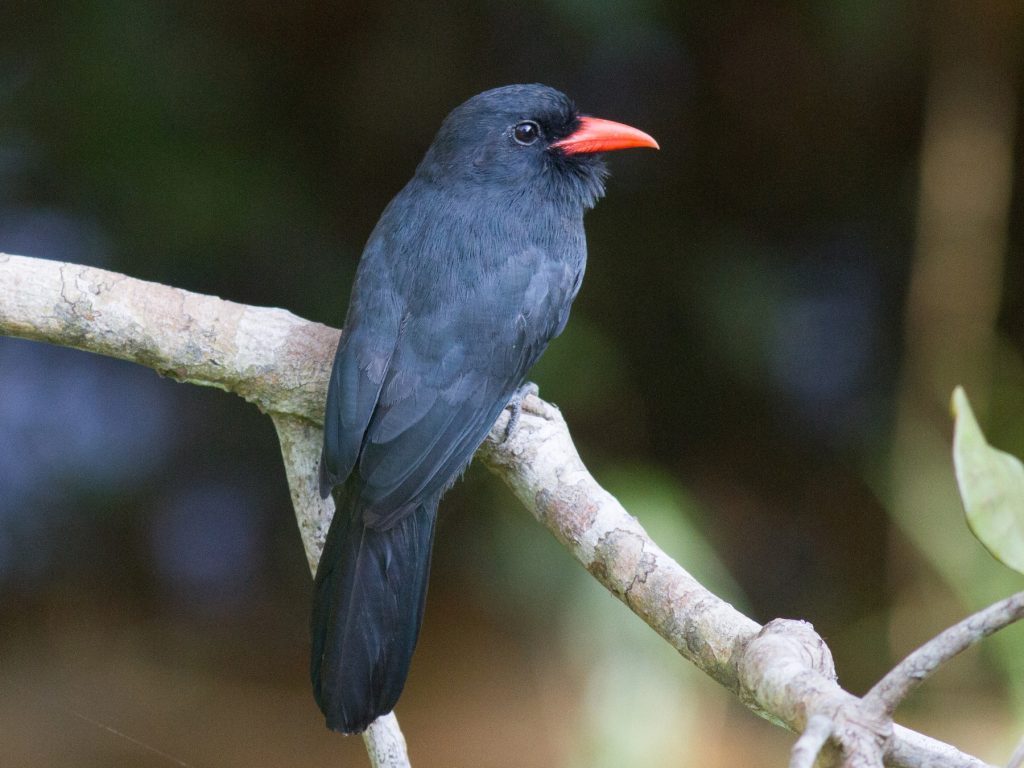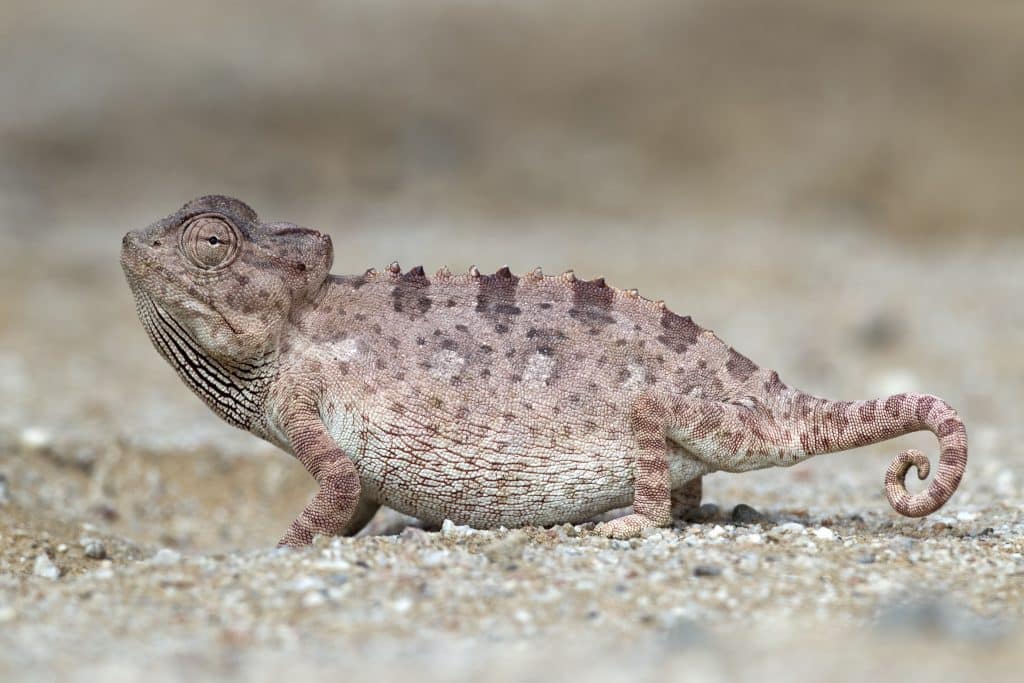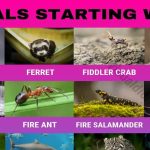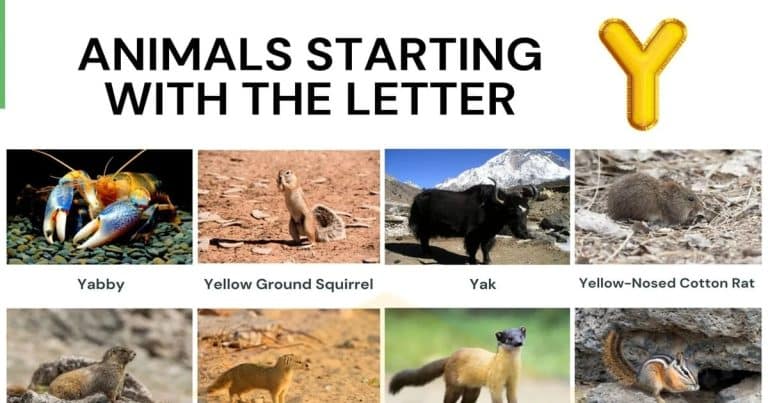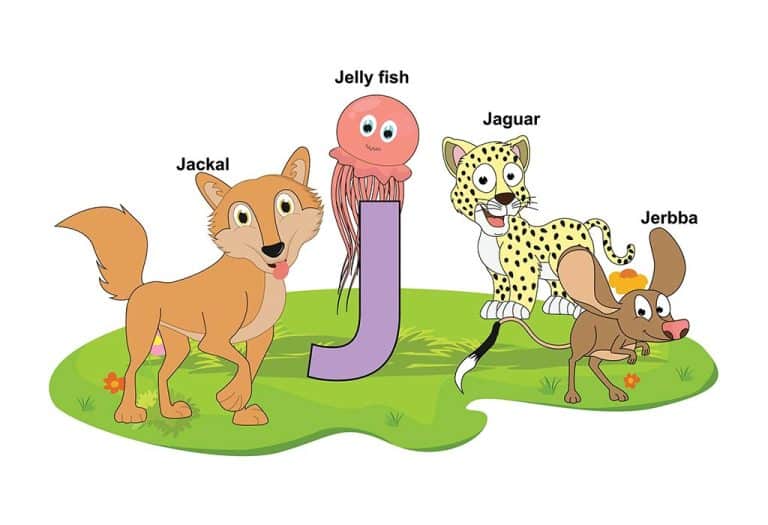Are you going to explore the fascinating world of incredible creatures? From the tiniest bugs to the mightiest beasts, these animals come from diverse habitats around the globe. Whether you love big or small creatures, furry or feathered, this blog is the perfect place to discover a delightful array of animals, starting with “N.”
Get ready to meet the cuddly, the creepy-crawly, and everything in between. We’ll take you on a journey through rainforests, oceans, deserts, and grasslands to discover the amazing characteristics and unique traits that make each animal special.
So, let’s dive right in and get to know these 35 wonderful animals that all start with the letter “N”!
1. Naked Mole Rat
Meet the fascinating naked mole rat, a rodent that thrives underground and dines on plant roots and tubers. With teeth capable of independent operation, this unique creature possesses jaw muscles accounting for a whopping 25% of its total muscle mass.
The naked mole rat obtains all the hydration and nutrition required from its plant-based diet. What sets this remarkable rodent apart is its impressive longevity; while most small rodents have short lifespans, the naked mole rat can live up to an impressive 30 years.
Navigating their underground world presents challenges, and as a result, these rodents are generally blind. Nevertheless, their keen sense of smell compensates remarkably well, helping them comprehend their environment and communicate effectively with their fellow mole rats.
2. Narwhal
The Narwhal is a creature of the Arctic seas. Known as the “unicorn of the sea,” this remarkable marine mammal sports a long, spiral tusk that can reach up to ten feet in length. But here’s the surprising part – that tusk is actually a long, twisted tooth!
These creatures use their tusks for various purposes, from communication and navigation to finding food under the icy waters. Don’t be fooled by their imposing tusks; Narwhals are incredibly social and travel in pods, creating strong bonds with their family members. Their unique appearance makes them an iconic symbol of the Arctic’s icy wonderland.
3. New Guinea Singing Dog
Introducing the New Guinea Singing Dog, a captivating and rare canine species. Native to the remote highlands of New Guinea, these dogs have a unique vocalization that sounds remarkably like singing. Their melodious calls echo through the mountains, earning them the nickname “singers of the wilderness.”
With a compact and agile build, they are well-adapted to the rugged terrain they call home. The New Guinea Singing Dog has an innate curiosity and intelligence, making them skilled hunters and problem solvers. Due to their isolation in the wild, they have remained one of the least domesticated dog breeds, retaining their natural instincts and independence.
4. Newt
Let’s dive into the world of newts, fascinating semi-aquatic creatures belonging to the Salamandridae family. These animals have lizard-shaped bodies and come in about 60 different species, most of which have smooth and moist skin. Newts can vary in size and possess unique respiratory features – some have well-developed lungs, while others retain gills to thrive entirely in water.
These creatures are found abundantly in the Northern Hemisphere, and their activity levels vary based on their environments. Some newts are night owls, while others prefer the daylight. One of the most captivating aspects of newts is their ability to regenerate fully functional limbs, including heart muscle, a trait that has intrigued researchers and nature enthusiasts alike.
5. Nighthawk
Let’s discover the captivating common nighthawk, a bird that embarks on incredible journeys, traveling thousands of miles in large flocks to South America annually. With a life expectancy of at least four to five years, these birds are known for their bat-like flying abilities, enabling them to loop and change directions frequently during flight. Armed with hooked bills, common nighthawks feast primarily on flying insects.
Despite their medium size, they can be quite challenging to spot during the day since they are nocturnal creatures, preferring to conduct most of their activities under the moonlit night sky. Get ready to be amazed by this remarkable bird’s remarkable abilities and charm!
6. Nightingale
The nightingale, a small and enchanting bird, is a master of secrecy, spending most of its time hidden within dense bushes to avoid natural enemies like rats, lizards, foxes, and snakes. But when it comes to its singing abilities, this bird becomes a true superstar. These talented songsters primarily feed on insects and build their nests just above the ground, nestled within the safety of bushes.
Their foraging habits are specifically inclined towards finding ants and beetles, making their proximity to the ground essential. However, despite their captivating presence, nightingales have faced significant challenges in the last five decades, with factors like an increase in deer populations and climate change contributing to a staggering 90% decline in their numbers.
7. Needlefish
The world of needlefish is quite fascinating, creatures that call the ocean their home! These slender, elongated fish have earned their name due to their sharp, needle-like beaks, which they use to catch their prey swiftly. Needlefish can be found in various coastal waters around the world, from tropical to temperate regions.
With their streamlined bodies, they are excellent swimmers, gliding through the water with ease. These agile fish are known for their impressive jumping abilities, sometimes propelling themselves out of the water to escape predators or catch flying insects. While they may appear intimidating with their needle-like beaks, needlefish are generally harmless to humans.
8. Nabarlek
The nabarlek is a small wallaby native to the northern regions of Australia. Also known as the “pretty-faced wallaby,” this charming creature possesses a distinctive white cheek stripe, which adds to its endearing appearance. With a petite size and a timid nature, the nabarlek is an expert at blending into its rocky habitat.
These little wallabies venture out under the cover of darkness to forage for food. They are well-adapted to their environment, relying on their keen senses to detect potential threats and ensure their survival in the wild. However, the nabarlek’s unique features and captivating behavior make it a special and delightful part of Australia’s rich and diverse wildlife.
9. Nandu
Meet the Nandu, a fascinating large flightless bird weighing approximately 50 pounds and distantly related to the emu and ostrich. Commonly found in Argentina and Brazil, Nandus possess long, strong legs that allow them to outrun any approaching danger swiftly. As they run, their large wings aid in maintaining balance and changing direction.
Female Nandus exhibit a unique nesting behavior, collectively laying their eggs in a ground nest. Each nest can hold up to an impressive 50 eggs or more from several different females. These friendly birds have a varied diet that includes plants, fruits, insects, birds, and other small animals.
10. Nile Crocodile
Meet the impressive Nile crocodile, a fearsome reptile that can be found in the waters of Africa! Named after the famous river, these crocodiles can be found throughout various countries on the continent.
With their powerful bodies, they can grow up to an astonishing 20 feet in length, making them one of the largest reptiles on Earth. Nile crocodiles are skilled predators, using their sharp teeth to catch a wide range of prey, including fish, birds, and even large mammals.
11. Nightfish
These crafty predators are relatively small, growing to about 6 inches in length, but don’t underestimate their hunting skills. Nightfish are ambush predators, patiently awaiting their prey under the cover of darkness. Their diet includes small fish, crayfish, and aquatic insects, making them vital contributors to their ecosystem’s balance.
To thrive, Nightfish prefer temperatures ranging from 10 degrees Celsius to 25 degrees Celsius. With an average lifespan of approximately six years, these creatures add a touch of mystery to the freshwater habitats of Southwestern Australia.
12. Nautilus
Introducing the nautilus, a captivating creature of the ocean depths. This remarkable creature possesses a soft body nestled within its intricately chambered and spiral-shaped shell. With a unique method called jet propulsion, the nautilus gracefully glides through the water, propelling itself by pumping seawater through its chambers.
The nautilus serves as a living link to the past, having survived for millions of years relatively unchanged. Their mysterious and elegant presence in the deep ocean adds to the wonders of marine life.
13. Nightjar
Meet the nightjar, a medium-sized bird belonging to the Caprimulgidae family. With its long wings, short legs, and very short bill, the nightjar boasts unique features that make it a fascinating creature. This bird is a true night owl, as it excels as a silent flyer with its grey-brown camouflaged feathers, perfect for remaining undetected during the daytime.
However, nightjars do not retrieve milk from goats; instead, they feast on moths and beetles, making them valuable insect controllers.
14. Ningaui
This ningaui is a tiny and adorable marsupial native to Australia! These miniature creatures belong to the family Dasyuridae and are known for their timid size, with some species reaching just a few inches in length. Despite their small anatomy, ningauis are skilled hunters, preying on insects, spiders, and other small invertebrates.
They are primarily found venturing out under the cover of darkness to search for food. Ningauis are remarkable climbers, using their sharp claws to scale trees and shrubs. With their big, bright eyes and pointy snouts, these charming creatures have won the hearts of nature enthusiasts.
15. Noddy
Noddy is a medium-sized seabird belonging to the Laridae family. Depending on the species, it can showcase either black plumage or a white cap. Noddies are skilled nesters, often choosing elevated spots like cliffs or shrubs and short trees for their homes.
One well-known member of this bird family is the brown Noddy, found in the Galapagos Islands. These tropical birds boast distinctive wedge-shaped bodies and forked tails. Noddies have been spotted in various regions, including Eurasia, North America, tropical Africa, and even South America.
16. Natterjack
Natterjack is a unique species of toad native to parts of Europe. These toads are characterized by their distinct male mating calls, which set them apart from other common toad species. With adults measuring around 60-70 mm in length, Natterjacks are recognizable by the yellow line running down the middle of their backs.
For successful breeding, Natterjacks require warmer water compared to other toad species. While they may not be strong swimmers, they are agile runners on land, preferring to run rather than hop. In terms of their diet, Natterjacks primarily consume moths, woodlice, and other invertebrates.
17. Noctule
Noctule is a fascinating species of bat found throughout Asia, North Africa, and Europe. These remarkable creatures currently hold a “least concern” conservation status, indicating their relatively stable populations. As tree dwellers, noctules make their homes in holes belonging to woodpeckers.
True to their name, they are nocturnal animals(Animals that sleep during the day and stay active at night) and proudly hold the title of the UK’s largest bat species. Using echolocation, they skillfully hunt moths and other flying insects in their surroundings. The noctule’s appearance is characterized by golden-brown fur, dark facial features, and large wings.
18. Nunlet
Nunlet is a puffbird species belonging to the Bucconidae family, commonly spotted in Peru, Colombia, and Ecuador. This bird resides in subtropical and tropical forests, but due to its rarity, it is not frequently encountered.
Despite being in a state of population decrease, the nunlet is currently categorized as “least concern” in terms of conservation status. Unlike migratory birds, the nunlet does not undertake long-distance journeys, but limited information is available on its feeding behaviors.
19. Nurseryfish
Discover the Nurseryfish, native to the waters of India, Southeast Asia, New Guinea, and northern Australia. These unique fish have a compressed deep-bodied structure and are typically found in the lower regions of rivers and mangroves.
Nurseryfish are characterized by an elevated back that forms a distinctive hump shape, shared by both males and females. Thriving in both fresh and coastal marine waters, they play a valuable role in their ecosystems.
20. Nilgai
The Nilgai, also known as the blue bull, is a species native to the Indian subcontinent. With a striking blue-gray coat, these magnificent animals are the largest antelope in Asia. Adult males showcase imposing, twisted horns that add to their regal appearance. Nilgai inhabits open woodlands, grasslands, and agricultural areas, where they graze on various vegetation.
Despite their size and power, they are known for their agility and can leap over high obstacles when threatened. Revered for their beauty and resilience, the Nilgai holds cultural significance in India and is a cherished part of the region’s diverse wildlife.
21. Nene
The Nene, also known as the Hawaiian goose, is a remarkable bird found near the Hawaiian Islands. With its striking appearance, this endangered species features a black head, striking white cheeks, and a distinct buff-colored body. The Nene is the official state bird of Hawaii, and its presence holds cultural and historical significance.
Once on the brink of extinction, conservation efforts have helped increase their numbers, although they still remain endangered. They primarily inhabit volcanic slopes and grasslands, where they feed on vegetation and graze peacefully.
22. Neddicky
The Neddicky, a small and energetic bird, is native to parts of southern Africa. Known for its melodic and repetitive song, the Neddicky is often heard before it is seen. With predominantly greyish-brown feathers, this little bird blends seamlessly into its surroundings.
Neddickies primarily feed on insects and small invertebrates, making them valuable contributors to pest control in their habitats. They are commonly found in savannas, open woodlands, and scrublands, where they build their nests in tree hollows. Africa.
23. Numbray
Commonly known as the sleeper ray, Numbray is a species of electric ray found in muddy bays. This unique creature is not the strongest swimmer and prefers to bury itself at the bottom of the ocean floor for protection. Feeding on small aquatic mammals and fish, the numbray has a special talent – it can deliver shocks of up to 200V, earning it the nickname “coffin ray.”
Found exclusively in Australia, these rays can grow to be quite large. One of the most intriguing aspects of the numbray is its eating habits.
24. Numbat
The numbat, also known as the banded anteater, is a unique marsupial native to Australia. With its striking appearance, this small, insect-eating creature features a beautifully colored body adorned with striking orange and white bands. Numbats are expert termite hunters, using their long, slender tongues to lap up thousands of termites each day.
They prefer to live in eucalyptus forests and woodlands, where they can find an abundant supply of their favorite food. Unfortunately, the numbat is listed as an endangered species, highlighting the importance of conservation efforts to protect this precious part of Australia’s diverse wildlife.
25. Nutria
The nutria is a fascinating semi-aquatic rodent native to South America. With its distinctive appearance, this herbivorous creature boasts a robust body covered in dense, waterproof fur that helps it thrive in both water and on land.
Nutrias have webbed hind feet and a long, scaly tail, which they use as a rudder while swimming. Originally introduced to various parts of the world for their fur, nutrias can be found in many countries, including the United States.
26. Numbfish
The numbfish, also known as the electric ray or torpedo ray, is a fascinating creature found in various marine waters around the world. True to its name, this ray possesses an extraordinary ability to produce electric shocks from specialized organs called electric organs located on both sides of its head.
These shocks, which can reach up to several hundred volts, are used for both defense and stunning prey. The numbfish has a flattened body and is well-adapted to life on the ocean floor, where it hunts for small fish.
27. Nurse Shark
The nurse shark, initially sought after for its liver oil and valuable leather, is a nocturnal species that roams the ocean floor in search of prey. These sharks are generally not aggressive toward humans. While rare, some recorded attacks have occurred, usually resulting from provocation.
With a yellowish-tan to dark brown coloration, nurse sharks typically weigh over 200 pounds and can measure between 7.5 to 8 feet in length. Though not currently endangered, their population has experienced a decline in recent decades.
28. Northern Right Whale
The Northern right whales comprise two species: the North Atlantic right whale and the North Pacific right whale. The North Pacific right whale is quite large, but unfortunately, it is considered rare and endangered, falling under the “threatened” category in terms of conservation status.
In certain areas, the population of these majestic whales has declined significantly, with numbers decreasing from over 20,000 to just a few hundred. Notably, female Pacific right whales tend to be larger than their male counterparts.
29. Noolbenger
The noolbenger plays a vital role as a pollinator for plants since it solely feeds on pollen and nectar. This unique possum is a nocturnal mammal with females having a pouch to carry their young. Noolbengers have a particular fondness for the Australian honeysuckle and mainly feed at night, moving from one plant to another.
In terms of size, males are typically two-thirds the size of their female counterparts. While wildfires pose a significant threat to the honey possum, the species is currently not listed as endangered or threatened.
30. Nutcracker
Nutcrackers are clever and resourceful birds belonging to the genus Nucifraga. These avian wonders come in various species, with Clark’s nutcracker and the large and spotted nutcrackers being among them.
Primarily found in mountainous regions, they have strong bills that allow them to crack open pine cones and retrieve seeds, which they cleverly store for the winter ahead.
31. Nicator
The nicator is a captivating bird found in the lush forests and woodlands of Africa. With its vibrant feathers and melodious song, this species is a joy to hear. The nicator is a skilled vocalist, often filling the air with its enchanting tunes.
These medium-sized birds have a distinctive appearance, featuring a mix of striking colors that vary among species. Inhabiting regions from West Africa to East Africa, the nicator prefers to reside amidst dense vegetation, where it can find plenty of insects and fruits to feast on.
32. Nyala
The nyala is a magnificent antelope species native to Southern Africa. With its striking appearance, this elegant animal displays different color patterns. Male nyalas boast a rich dark brown coat adorned with striking white stripes, while females exhibit a reddish-brown hue with white markings.
These creatures are graceful and agile, able to navigate through dense vegetation with ease. Nyalas mainly feed on leaves, fruits, and grass, making them important herbivores in their ecosystem.
33. Nunbird
The nunbird is a fascinating and charming bird found in the tropical rainforests of South America. With its distinctive appearance, this small and plump bird boasts a striking black-and-white coloration, making it easily recognizable among the dense foliage.
Nunbirds are known for their unique beak, which features a hook-like tip used for catching insects and small prey. Living high up in the forest canopy, nunbirds often join mixed-species flocks, a common behavior among tropical birds.
34. Namaqua Chameleon
The Namaqua chameleon, a fascinating reptile, is native to the arid regions of Southern Africa. With its unique and adaptable features, this chameleon stands out among its reptilian counterparts. One of its most remarkable traits is its ability to change color, helping it regulate its body temperature and blend into its surroundings for camouflage.
The Namaqua chameleon possesses large eyes that enable it to have a 360-degree field of vision, making it an efficient predator.
35. Norwegian Forest Cat
The Norwegian Forest Cat, often referred to as the “skogkatt” in Norway, is a beautiful breed known for its thick, luxurious fur and bushy tail. Originating from the forests of Norway, this cat is well-adapted to cold climates, thanks to its water-repellent double coat, which keeps it warm and dry even in snowy conditions.
Norwegian Forest Cats have a strong and muscular build, with tufted ears and impressive whiskers. They are agile climbers and skilled hunters, characteristics inherited from their wild ancestors.
Final Thoughts
All in all, the world of animals is truly diverse and fascinating, as we have explored 35 remarkable creatures that all start with the letter “N.” Learning about these incredible animals not only provides us with a deeper appreciation for the wonders of the animal kingdom but also emphasizes the importance of conservation efforts to protect their habitats and ensure their survival for generations to come.
As we continue to explore the beauty of nature, let us remain committed to safeguarding these incredible creatures and celebrating the diversity of life on our planet.

